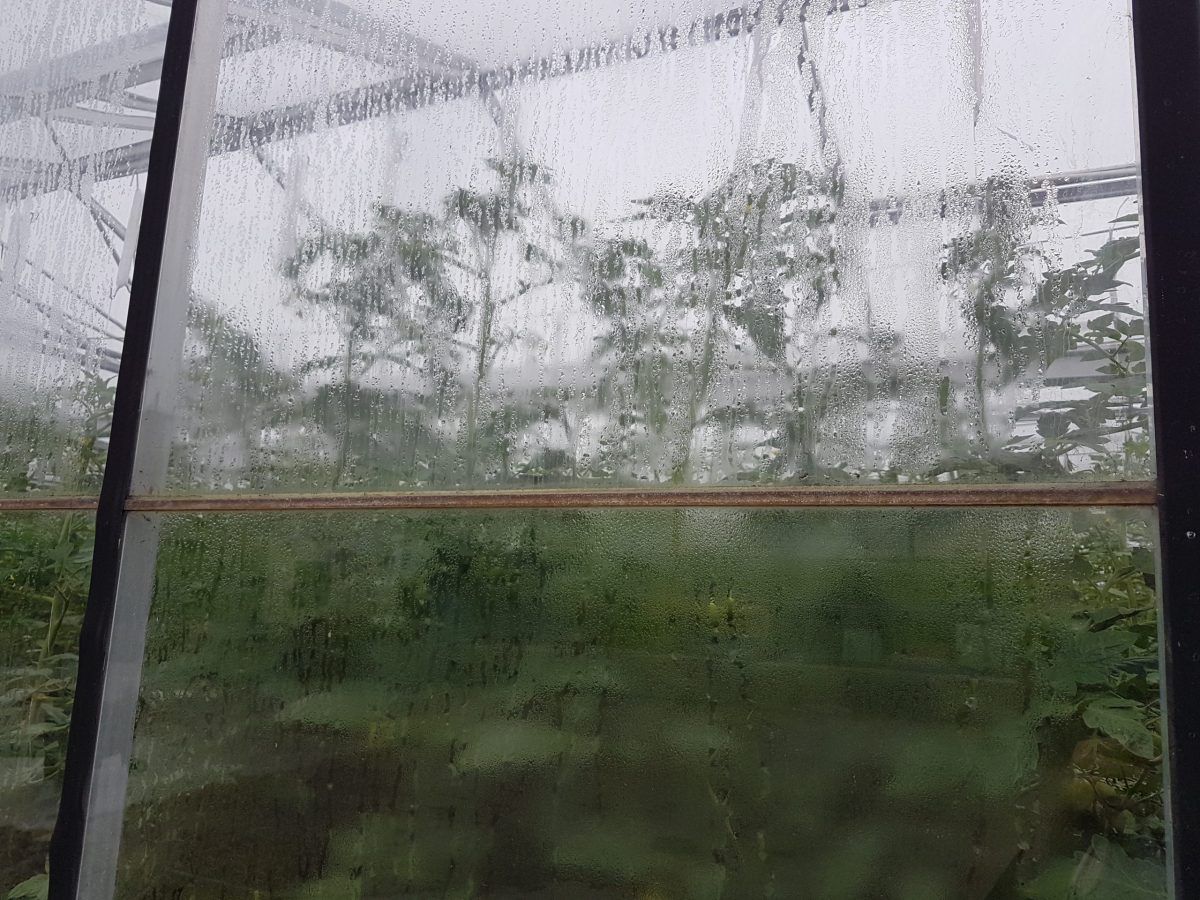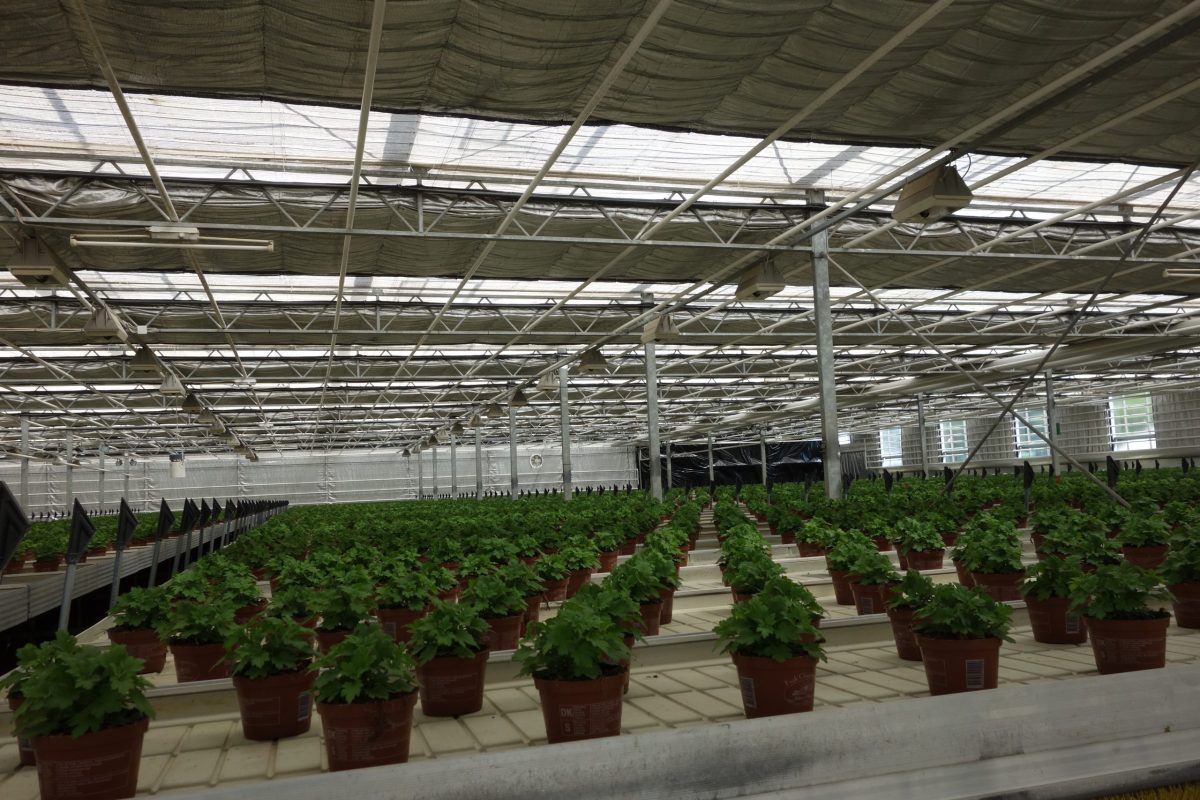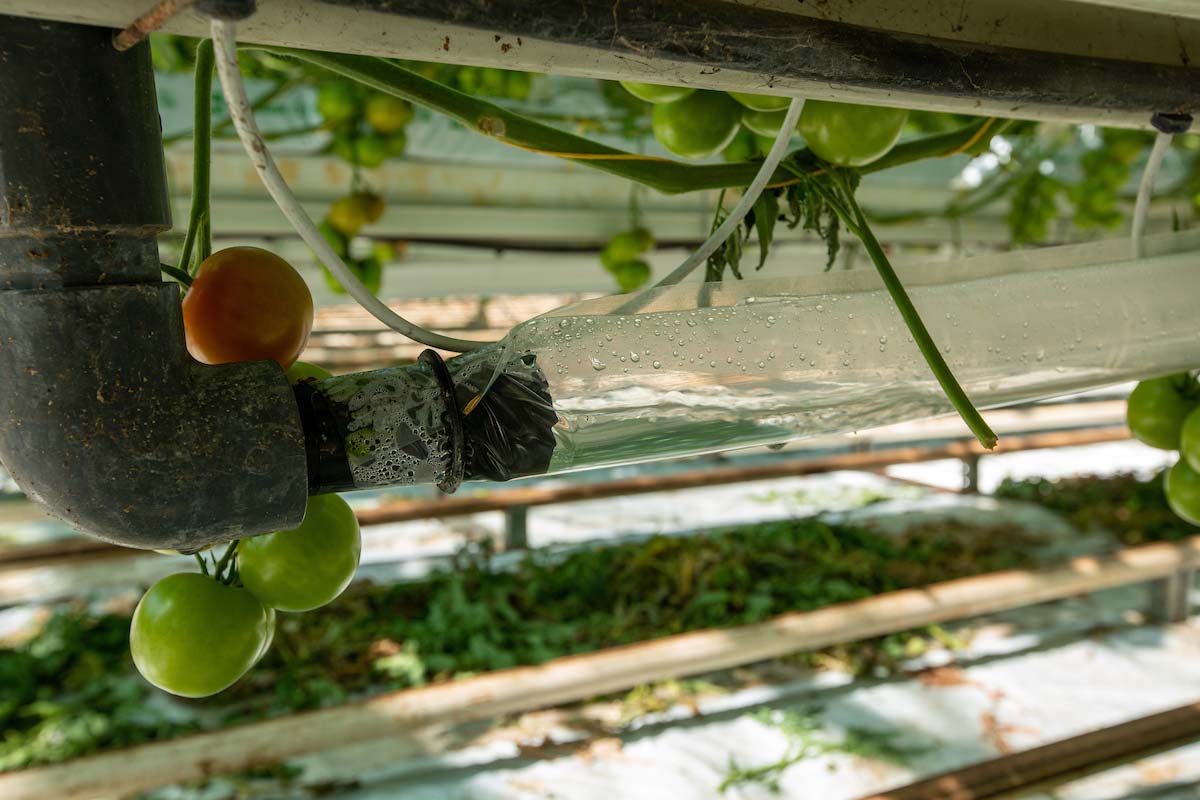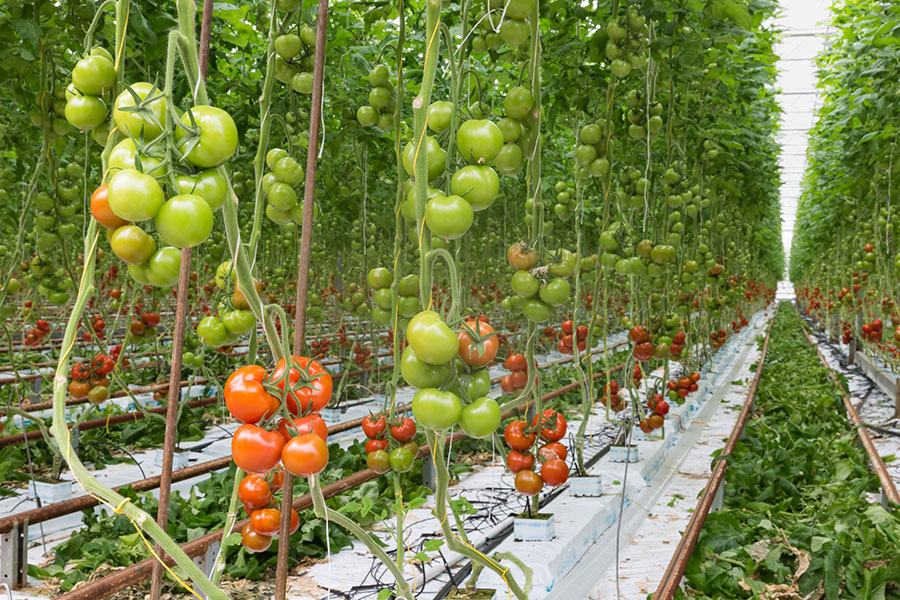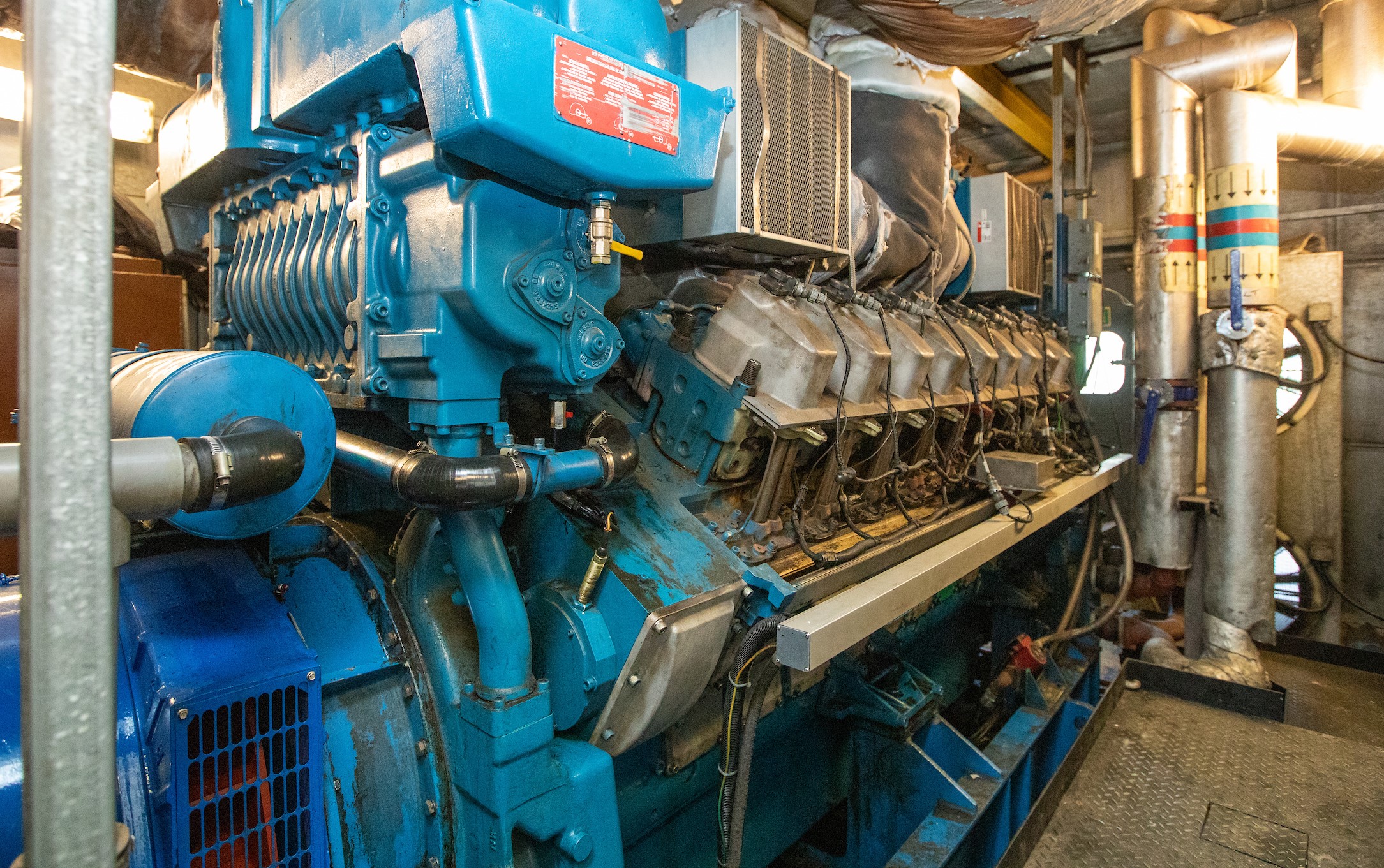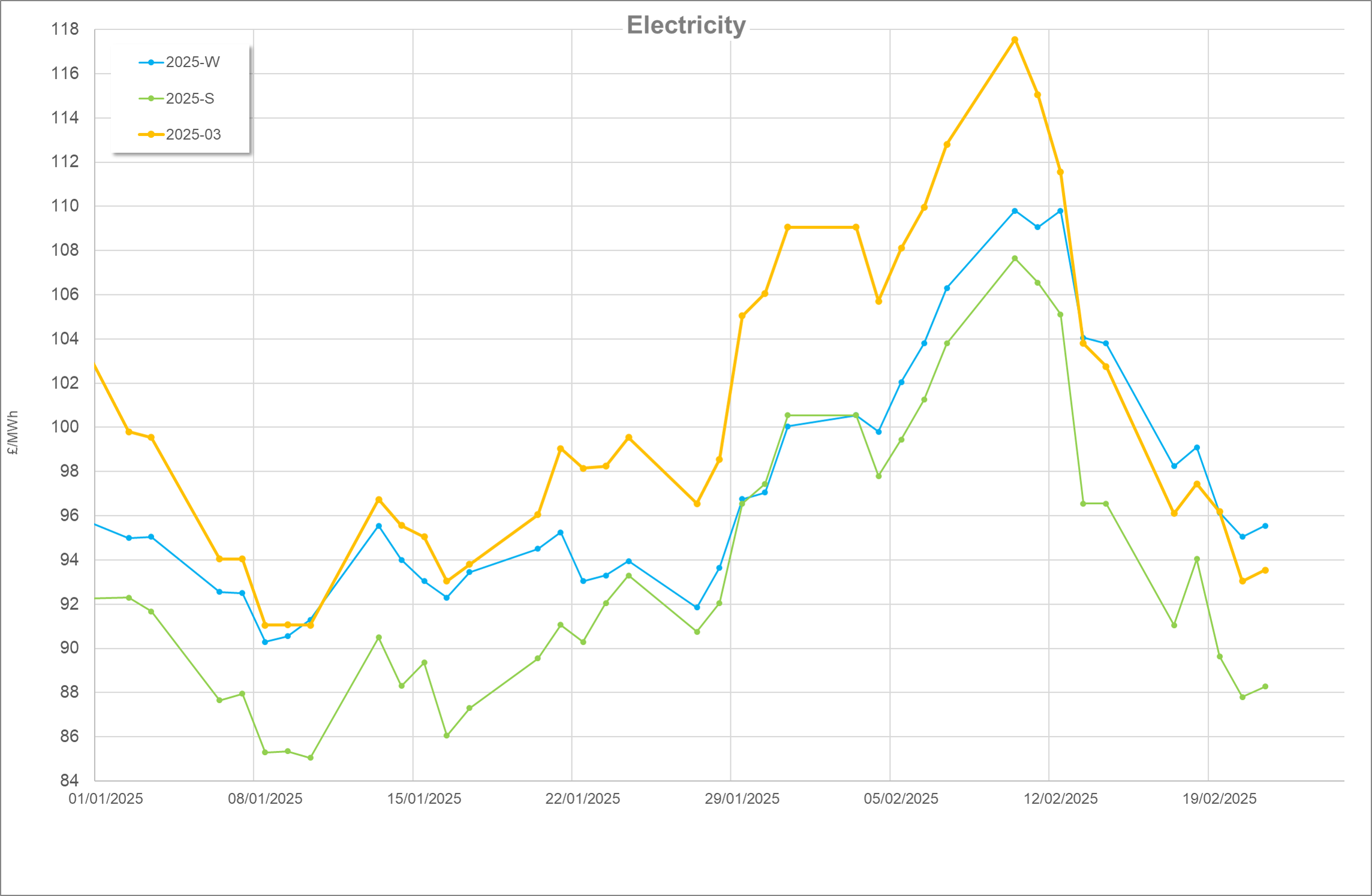Find out how identify and manage the risk of condensation whatever your greenhouse crop.
The greatest risk is when the greenhouse temperature is increased
Avoiding condensation on plants is a key part of any disease control strategy. Poinsettia growers have to pay particular attention to this problem as they use a technique to control plant height called ‘Drop’. ‘Drop’ involves reducing the greenhouse temperature to as low as 12oC before sunrise and is followed by an increase in the greenhouse temperature to the daytime set point within one hour after sunrise.
The risk of condensation is greatest during the period when the greenhouse temperature is increased; if the plants do not warm up as quickly as the surrounding air, condensation can occur. In practice this is a common problem as cold air can be trapped within the crop canopy causing the plant temperature to stay lower than the air above it. The warm air above the crop comes into contact with the cold plant and moisture is released.
Similar problems can occur with all crops, so the techniques described are universally applicable no matter what you grow.
How to use plant temperature
The aim is to make sure that the plant temperature is never lower than the dew-point of the air. You can take direct measurements from the plant or use a computer model to predict the temperature.
Read more about how to use plant temperature…
How to identify high risk of condensation and possible solutions
A look at greenhouse temperature, calculated plant temperature and dew point temperature and the reasons for high condensation risk.
Read more about solutions to condensation…
Useful links
How to achieve good humidity control with minimum energy use
A detailed, practical example of how to achieve good humidity control in the greenhouse while using the minimum amount of energy.
What is the cost of humidity control?
A controlled study of two humidity control strategies and their costs to show the effect of each strategy in the greenhouse.

